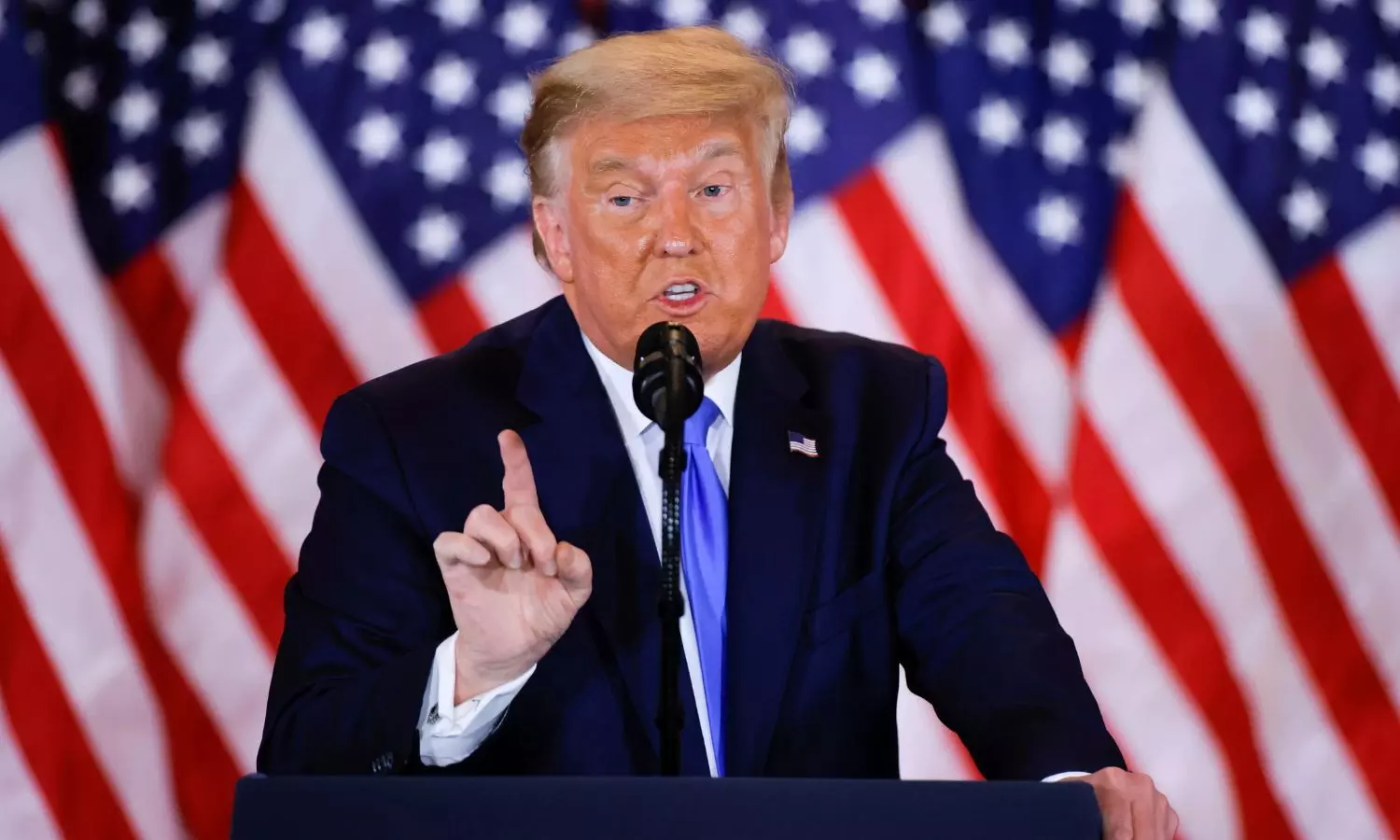What Does Trump 2.0 Mean For The US Economy?
Followed by a victory in the US Presidential elections, Donald Trump is set to assume the oval office on January 20, 2025. Known for keeping a protectionist or ‘America-first’ approach, Trump has proposed a slew of measures, which includes imposition of tariffs on imports, while ordering mass-scale deportation of immigrants among many.
What Does Trump 2.0 Mean For The US Economy?

Followed by a victory in the US Presidential elections, Donald Trump is set to assume the oval office on January 20, 2025. Known for keeping a protectionist or ‘America-first’ approach, Trump has proposed a slew of measures, which includes imposition of tariffs on imports, while ordering mass-scale deportation of immigrants among many. Here’s a look at probable ways on how US economy will look like during Trump 2.0
Slashing of tax rates
Following Donald Trump’s victory in the US Presidential elections, markets reacted positively. While the Dow Jones Industrial Average surged past 1,503 points, or 3.6%, the broader S&P 500 rose by 146 points. Investors in the country expect a business-friendly environment, which includes toning down the taxation system. During his first stint, Trump introduced a slew of tax cuts that are set to expire in 2025. In addition to this, he is also set to introduce additional cuts in the corporate tax. However, all these measures will depend on whether the Republicans can retain control of the House of Representatives. Wells Fargo economists Jay Bryson and Michael Pugliese wrote, “Some additional tax cuts seem probable in our view, although the timing, size and specifics are highly uncertain.”
Tariff
Donald Trump has proposed to impose an import tariff ranging between 10%-20%, while also promising to levy a 60% tariff on imports from China. Trump argues that the move will invite more businesses in the country. However Pantheon economist Samuel Tombs pointed out “It will remain much cheaper to source goods from overseas, given relatively high U.S. labor costs, limiting the reshoring boost.”
Government debt
Though tariff imposition is set to provide additional streams of revenue for the government, on the hindsight the proposed tax cuts could also balloon the federal deficit, which will in turn add pressure to government’s borrowing costs. As per estimates by The Committee for a Responsible Federal Budget, the proposed fiscal policies would increase the government debt by $7.75 trillion.
Tightening on Immigration
Trump has called for mass deportation of immigrants who are illegally residing in the US. During his first term in, he took bold moves to restrict entry of immigrants in the country.
Analysts at the Brookings Institution, the American Enterprise Institute and the Niskanen Center say that migration under Trump’s regime could be low or even negative, which can have harsh consequences for the country’s economy.
Bryson and Pugliese of Wells Fargo wrote, “There very well may be valid reasons to adopt such a policy.”
“But, side effects of a policy that restricts immigration and deports undocumented people likely would be upward pressures on labor costs and a detrimental effect on the nation's potential economic growth rate.”
The Federal Reserve
The inflation in the US reduced significantly, thereby allowing the Federal Reserve to cut interest rates in the coming times. However, the central body will keep a close eye on the upcoming regime’s policies if the situation goes haywire. During his first term, Trump criticised the decisions of the Federal Reserve by suggesting an aggressive approach.
Notably, Congress has generally defended the Fed's independence, but that may change during the newly-formed administration.

